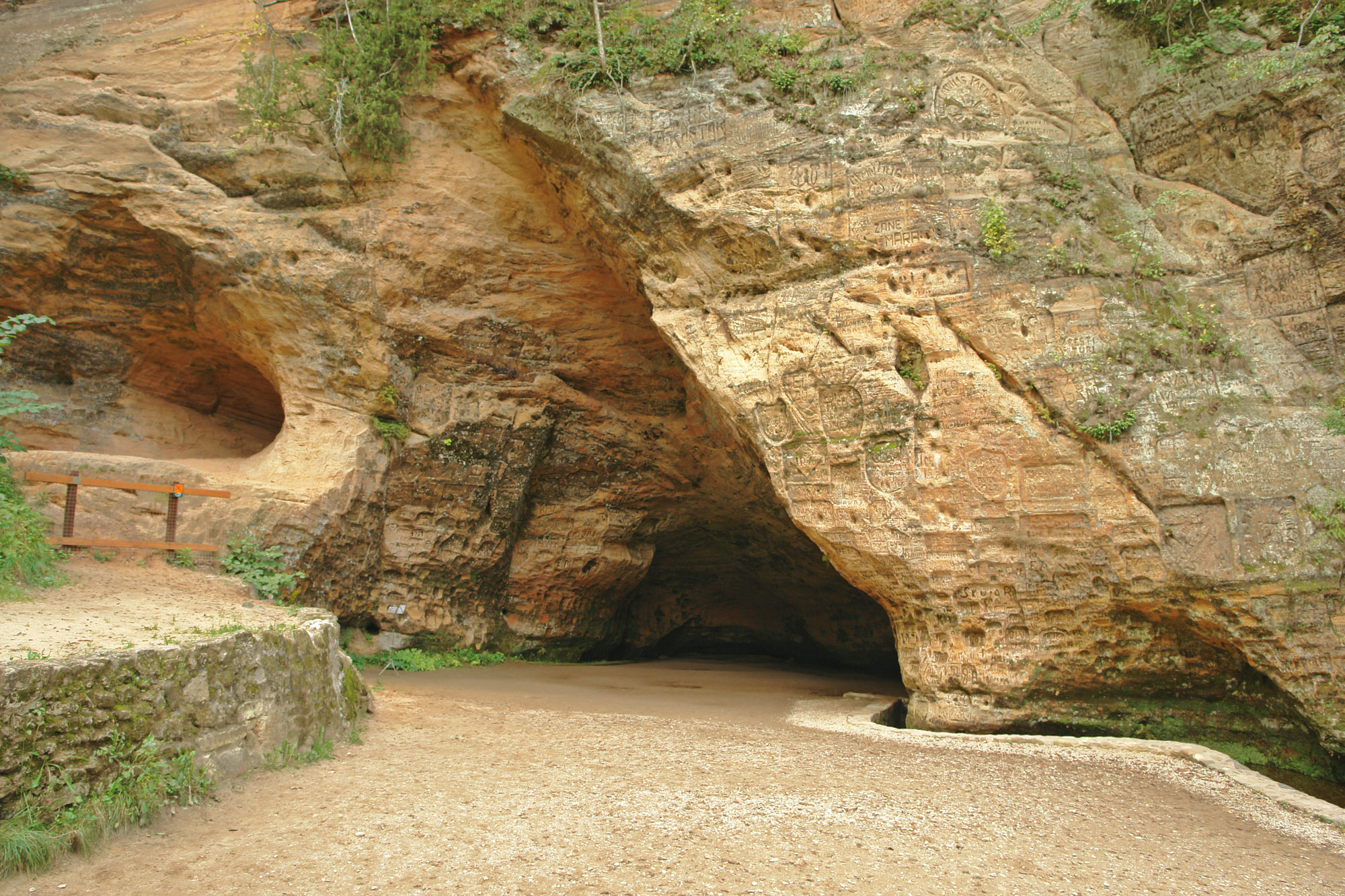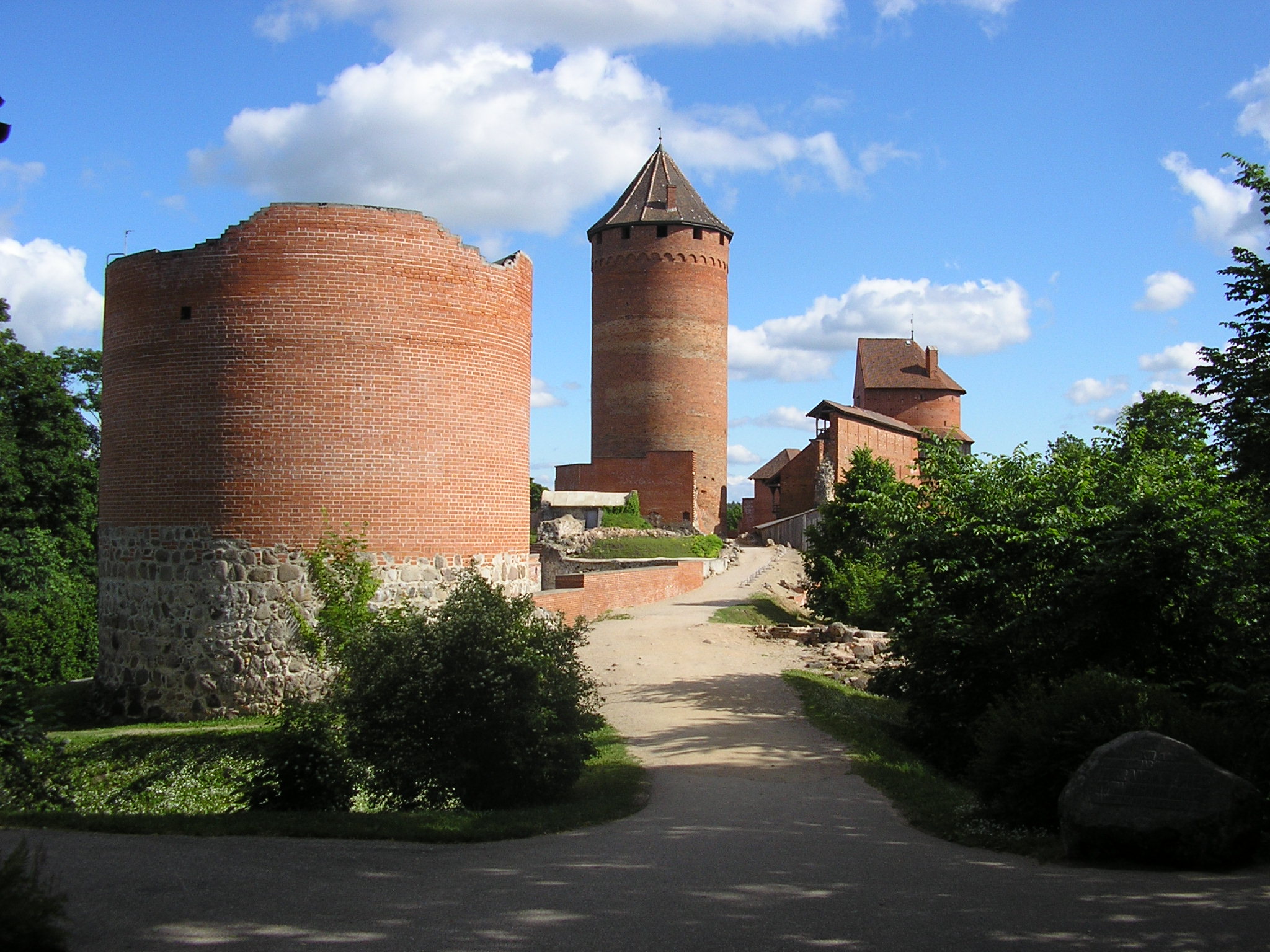|
Pierīga
Pierīga Region is one of the six statistical regions of Latvia. History On March 15, 1226, the Pope Legate of Rome, William of Modena, granted the city of Riga its administrative area or mark ( la, marchia). Until 1606, the site was called the Riga Landfall, but after being included in Swedish Livonia, it was renamed Riga Patrimonial District and was added to Riga County. Following the administrative reform of 1783, the southern part of Cesis County was added to the Riga District, but the northern part was added to the newly created Valmieras and Valka County. At that time the Riga district without the city of Riga consisted of 25 parishes: Skulte (german: St. Matthäi), Allaži (''Allasch''), Aizkraukle (''Ascheraden''), Krimulda - Peter's (''Kremon-St. Peters Capelle''), Dole (''Dahlen''), Daugavgrīva (''Dünamünde''), Jumprava (''Jungfernhof''), Jaunpils (''Jürgensburg''), Koknese (''Kokenhusen ''), Mālpils (''Lemburg''), Lielvarde (''Lennewarden''), Lēdurga ... [...More Info...] [...Related Items...] OR: [Wikipedia] [Google] [Baidu] |
Statistical Regions Of Latvia
There are six statistical regions in Latvia ( lv, Latvijas statistiskie reģioni) are Kurzeme, Latgale, Pierīga, Rīga, Vidzeme and Zemgale. Statistical regions were established according to the main principles set out in the Regulation (EC) No 1059/2003 of the European Parliament and of the Council of 26 May 2003 on the establishment of a common classification of territorial units for statistics (NUTS) (hereinafter NUTS Regulation), further amended. This NUTS Regulation directly concerns all Member States of the European Union and from 1 May 2004 it is also binding upon Latvia. The statistical regions of Latvia are not administrative regions, as they have been formed for statistical purposes. Therefore, they are not mentioned in the law that determines the administrative divisions of Latvia. The structure of Statistical Regions is approved by order No. 271 of the Cabinet of Ministers dated 28 April 2004 "On the Statistical Regions of the Republic of Latvia and Administra ... [...More Info...] [...Related Items...] OR: [Wikipedia] [Google] [Baidu] |
Riga
Riga (; lv, Rīga , liv, Rīgõ) is the capital and largest city of Latvia and is home to 605,802 inhabitants which is a third of Latvia's population. The city lies on the Gulf of Riga at the mouth of the Daugava river where it meets the Baltic Sea. Riga's territory covers and lies above sea level, on a flat and sandy plain. Riga was founded in 1201 and is a former Hanseatic League member. Riga's historical centre is a UNESCO World Heritage Site, noted for its Art Nouveau/Jugendstil architecture and 19th century wooden architecture. Riga was the European Capital of Culture in 2014, along with Umeå in Sweden. Riga hosted the 2006 NATO Summit, the Eurovision Song Contest 2003, the 2006 IIHF Men's World Ice Hockey Championships, 2013 World Women's Curling Championship and the 2021 IIHF World Championship. It is home to the European Union's office of European Regulators for Electronic Communications (BEREC). In 2017, it was named the European Region of Gastronomy. ... [...More Info...] [...Related Items...] OR: [Wikipedia] [Google] [Baidu] |
Riga County
Riga (; lv, Rīga , liv, Rīgõ) is the capital and largest city of Latvia and is home to 605,802 inhabitants which is a third of Latvia's population. The city lies on the Gulf of Riga at the mouth of the Daugava river where it meets the Baltic Sea. Riga's territory covers and lies above sea level, on a flat and sandy plain. Riga was founded in 1201 and is a former Hanseatic League member. Riga's historical centre is a UNESCO World Heritage Site, noted for its Art Nouveau/Jugendstil architecture and 19th century wooden architecture. Riga was the European Capital of Culture in 2014, along with Umeå in Sweden. Riga hosted the 2006 NATO Summit, the Eurovision Song Contest 2003, the 2006 IIHF Men's World Ice Hockey Championships, 2013 World Women's Curling Championship and the 2021 IIHF World Championship. It is home to the European Union's office of European Regulators for Electronic Communications (BEREC). In 2017, it was named the European Region of Gastronomy. In 2 ... [...More Info...] [...Related Items...] OR: [Wikipedia] [Google] [Baidu] |
Ādaži
Ādaži () (formerly german: Neuermühlen) is a town in Pierīga, on the left bank of the Gauja river. Town is administrative center of Ādaži Municipality. It is located by the highway A1, 21.6 km from the center of Riga. Ādaži has administrative offices, schools (Ādaži Elementary School, Ādaži Secondary School, and Ādaži Free Waldorf School), Kindergarten Strautins, several shops (Maxima, Rimi, Elvi) and service companies. Latvia's longest river Gauja flows along the Ādaži River, and its tributary Vējupe divides town into two parts. Ādaži also has an eponymous wakeboarding club on the Gauja. The town is mostly known due to the nearby ''Latfood'' factory producing ''Ādažu Čipsi'', the best known potato chip brand in Latvia. History The castle of ''Neuermühlen'' has been documented since at least 1204. Here the Battle of Neuermühlen took place in 1492. After the battle the Bishop of Riga has to recognize the Teutonic Order as Overlord of Livoni ... [...More Info...] [...Related Items...] OR: [Wikipedia] [Google] [Baidu] |
Sigulda
Sigulda (; german: Segewold, pl, Zygwold, russian: Сигулда) is a town in the Vidzeme region of Latvia, from the capital city Riga. Overview Sigulda is on a picturesque stretch of the Primeval forest, primeval Gauja river valley. Because of the reddish Devonian sandstone which forms steep rocks and caves on both banks of the river, Sigulda has been called the "Switzerland of Vidzeme". After the restoration of Latvian independence in 1991, an emphasis was placed on conserving Sigulda's public monuments and parks as well as improving the town's tourist sector. Supported by the town council, a traditional Opera Festival takes place in an open-air music hall in the castle ruins each summer. A Town Festival is celebrated in May when cherry trees blossom, while Sigulda is known for the colors of its trees in autumn. Sports such as skiing, bobsledding, and the luge are popular in wintertime and bungee jumping is practiced during the rest of the year. The Gutmanis Cave lies halfw ... [...More Info...] [...Related Items...] OR: [Wikipedia] [Google] [Baidu] |
Sloka, Latvia
Sloka is a residential area and neighbourhood of the city Jūrmala, Latvia. History Sloka is first mentioned in historical records in 1255 under the names ''Slock'' and ''Schlocken''. It developed as a fishing village at the river Slocene under the Livonian Order. During the 17th century the Duke of Courland established lime kilns, copper furnaces and a foundry in Sloka. As part of Courland, the village became Lutheran and the first church was built in 1567. The Sloka railway station was established in 1877. Under Russian law, Sloka gained town rights in 1878. It existed as a separate town until 1959 when it was merged with Ķemeri Ķemeri resort (originally ''Ķemeres'', also known as ''Kemmern'') JŪRMALA, Nature and Cultural Heritage, Ed. LaimaSlava, Neputns 2004, , pages 83-95 is a part of Jūrmala in Latvia, 44 km from Riga. From 1928 to 1959, Ķemeri was a separat ... and the Riga district of Jūrmala to form the City of Jūrmala. JŪRMALA, Nature and Cultural Her ... [...More Info...] [...Related Items...] OR: [Wikipedia] [Google] [Baidu] |
Ropaži
Ropaži (german: Rodenpois) is a village in Latvia, the administrative centre of Ropaži Municipality. The village located approximately 36 km from the capital Riga Riga (; lv, Rīga , liv, Rīgõ) is the capital and largest city of Latvia and is home to 605,802 inhabitants which is a third of Latvia's population. The city lies on the Gulf of Riga at the mouth of the Daugava river where it meets the B .... References Ropaži Municipality Towns and villages in Latvia Kreis Riga {{Latvia-geo-stub ... [...More Info...] [...Related Items...] OR: [Wikipedia] [Google] [Baidu] |
Carnikava
Carnikava ( Livonian: ''Sarnikau'', german: Koivemund, ''Zarnikau''), previously Sānkaule, is a village and the center of the Carnikava parish of Ādaži Municipality in Latvia. It's located 25 km north from Riga at the mouth of the Gauja River. Carnikava had 4689 residents as of January 2020. The village was first mentioned in Livonian Chronicle of Henry in 1211 as a summoning place of Livonian troops. Later Carnikava grew into a fishermen village, where in the 17th century the first breeding fishery and canned fish factory in the Russian Empire was built. Due to its proximity to the Baltic Sea The Baltic Sea is an arm of the Atlantic Ocean that is enclosed by Denmark, Estonia, Finland, Germany, Latvia, Lithuania, Poland, Russia, Sweden and the North and Central European Plain. The sea stretches from 53°N to 66°N latitude and fr ..., several forest lakes, the Gauja and annual fishermen and craftsmanship fairs, nowadays Carnikava is a popular summer resort ... [...More Info...] [...Related Items...] OR: [Wikipedia] [Google] [Baidu] |
Nītaure
Nītaure is a village in Nītaure Parish, Cēsis Municipality in the Vidzeme region of Latvia. Nītaure had 450 residents as of 2006. Olympian Haralds Marvē Haralds Marvē (9 November 1900 – 12 October 1983) was a Latvian sports shooter. He competed in the 25 m pistol event at the 1936 Summer Olympics The 1936 Summer Olympics (German: ''Olympische Sommerspiele 1936''), officially known ... was born here. References External links * Towns and villages in Latvia Kreis Riga Cēsis Municipality Vidzeme {{Vidzeme-geo-stub ... [...More Info...] [...Related Items...] OR: [Wikipedia] [Google] [Baidu] |
Turaida
Turaida () is a part of Sigulda in the Vidzeme, Vidzeme Region of Latvia. Its most famous site is the Brick Gothic Turaida Castle. In 1212, a peace treaty was signed in Turaida between the Estonians, Estonian tribes and the Livonian Brothers of the Sword, the Archbishopric of Riga, the Livonians and the Latgalians. External linksTuraida website Villages in Latvia {{Latvia-geo-stub ... [...More Info...] [...Related Items...] OR: [Wikipedia] [Google] [Baidu] |





